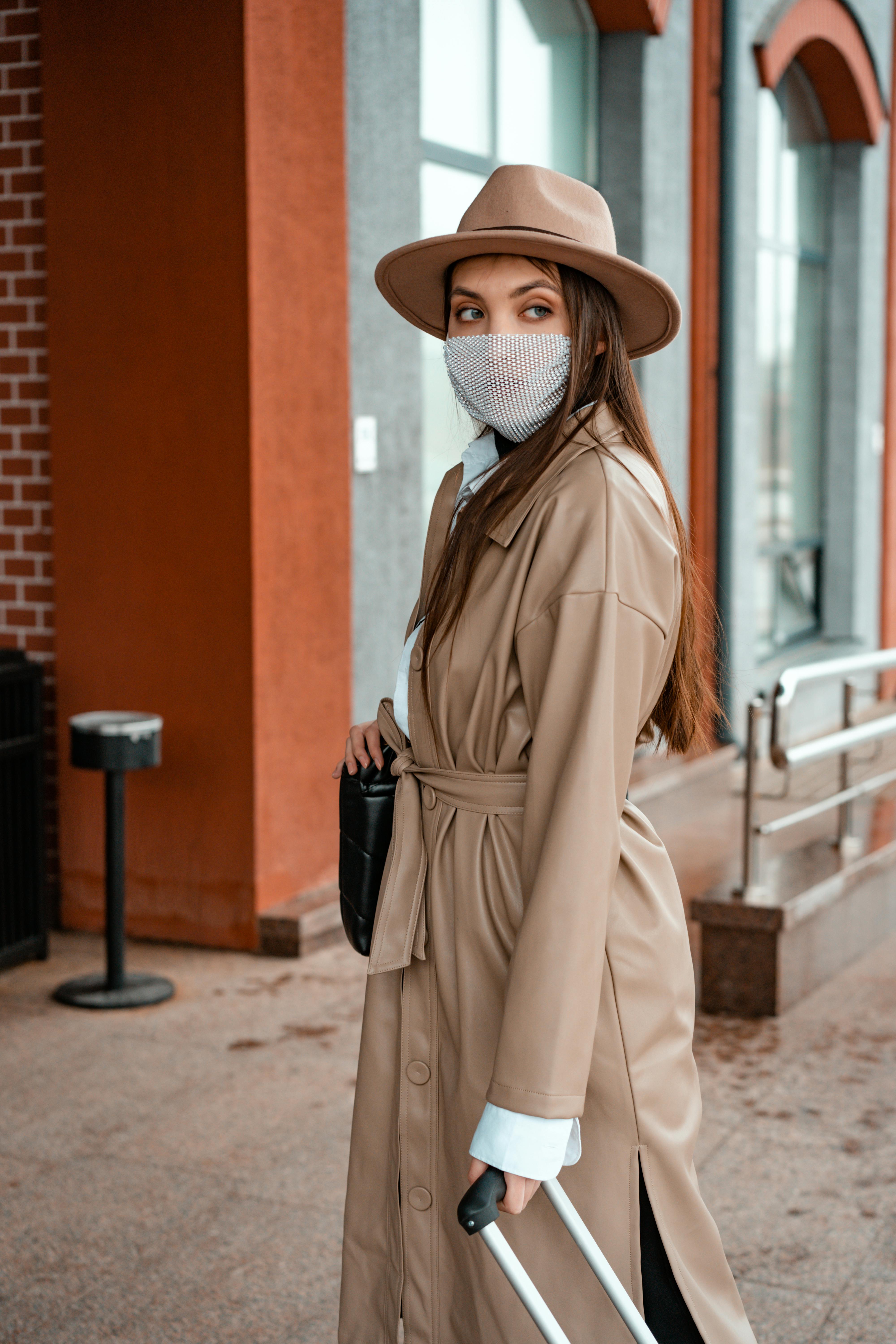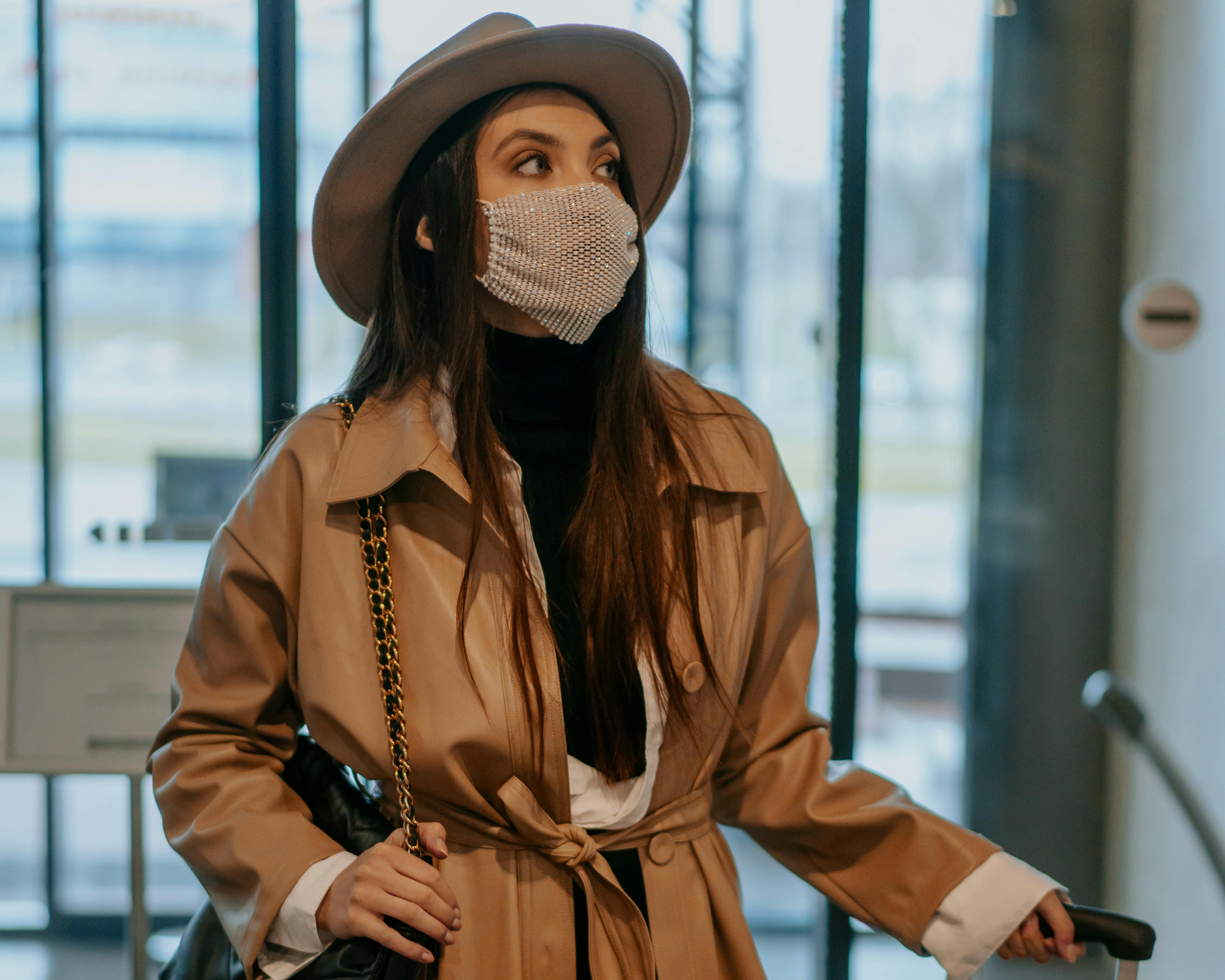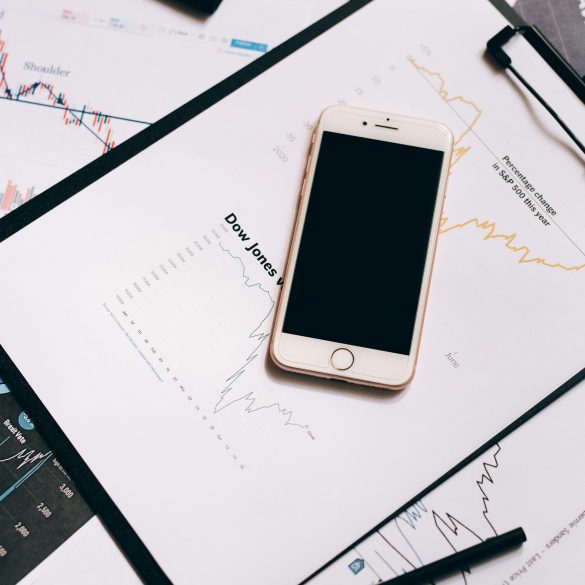Solo Travel Safety Tips for Women: Pro Strategies for Navigating the World
Picture this: It’s dawn in Tokyo’s Asakusa district. Shutters still closed, the streets dusted with yesterday’s cherry blossom petals—quiet, clean, expectant. I’m standing alone, backpack slung, heart thumping. I should feel nervous—maybe even fearful. Instead? Giddy anticipation, a flicker of uncertainty, and this low hum of empowerment that, frankly, took years to develop. I’ll admit it: My first solo trip, I was terrified—of getting lost, of cultural blunders, of something “going wrong.” But it turns out, most of what keeps women from traveling solo is perception—not always reality.1 Still, there’s no dismissing that extra layer of planning women face when traveling alone. For every empowering Instagram post, countless untold stories never leave the group chat. That’s where this guide comes in.
Over nearly two decades (and more than 35 solo trips), I’ve learned the difference between blind optimism and strategic, informed independence. I’ve made mistakes—missed trains at midnight, lost documents in Prague, ignored my gut in Bali, you name it. I’ve also found travel sisters in the oddest places and become a master at blending in—or, when necessary, standing out. “Solo travel safety” isn’t about being anxious, but aware. It’s not about worrying—well, not just worrying. It’s about equipping yourself with proven tactics from women all over the globe, seasoned with local insight and genuine, sometimes brutally honest reflections.
Why More Women Travel Solo: Shifting the Narrative
Here’s the thing: Solo travel used to be considered borderline reckless for women. Times have changed, but have the fears? According to a 2023 report by Condé Nast Traveler, solo female travel bookings jumped 58% in just three years2. That’s huge—and not just in the “girls’ trip” category. Women between 25-45 now outnumber men on many adventure tours, with companies from REI to Intrepid Travel citing safety as a top client concern. And yet, the world isn’t uniformly safe—or dangerous. “Safety” means something different in Seoul than in Rome. Different again in Buenos Aires or Nairobi. So, generalizations feel a bit off. Sometimes, honestly, even misleading. Here’s where personal nuance and realism come into play.
Digital communities, quieter solo-specific travel insurance, language apps, and a wave of female-focused safety products are making solo trips less intimidating. But let’s keep it real: Most safety advice assumes a one-size-fits-all solution; in practice, it’s way, way messier.
7 Core Safety Strategies Every Solo Traveler Should Actually Use
I know, I know—there are a million “travel safety” lists online. So why read this one? Because most skip the personal part: No two people have the same risk threshold, travel style, or geography. But among seasoned solo travelers (and I’ve seen this in client safety workshops and on the ground), seven core strategies nearly always come up. Here they are, with my own, sometimes contradictory twists:
-
Research Like a Detective, Not Just a Dreamer.
Start with the State Department, UK Foreign Office, or Australia’s Smart Traveller for up-to-date alerts.3 But dig deeper: scan expat forums, travel Facebook groups, and local blogs. Sometimes, “dangerous” neighborhoods are hyped up by urban legends—not current reality. -
Don’t Anchor Your Plans—Float with the Local Current.
If your “perfect” plan requires late-night arrivals or unlit alleys, adapt. Most local women don’t walk certain streets alone after 9pm; why should you?4 I learned that lesson—hard—wandering the outskirts of Athens at 2am after a delayed ferry. -
Keep Your “Home Routine” Connections.
Share your live location with someone you trust. Use travel check-in apps or WhatsApp location sharing. I thought this was overkill—until a freak power outage in Milan. -
Trust Your Gut. But Train It First.
What’s a “bad vibe,” anyway? I used to dismiss this as naïve, then I learned: your instincts get sharper with practice, not panic. So, practice assertiveness at home—the skills transfer.5 -
Blend—Or Boldly Stand Out. Choose Your Strategy.
Sometimes, being invisible is safest. Other times, a confident, visible presence (think: neon windbreaker, steady gaze) deflects trouble. There’s no rule—besides, “know your context.” -
Use “Excuse Scripts.”
Ever been cornered by an insistent stranger? Having prepped phrases (“My friend is meeting me here,” “I’m married,” “I don’t need help, thank you”) works wonders.6 -
Prepare For, But Don’t Dwell On, Worst-Case Scenarios.
Carry copies of your documents, know embassy locations, and have travel insurance with the right coverage (medical evacuation, theft, repatriation). I’ve used all three, once or twice with grateful disbelief.
Scams, Surprises & Situational Awareness: What Really Trips People Up
Okay, quick story—one that still embarrasses me. In Buenos Aires, I was lured into the classic “mustard scam”: someone “accidentally” splashed my bag and offered to “help clean it.” I knew better—or thought I did. Bags rifled, wallet gone. Truth is, even suspicious travelers sometimes get caught off guard7. Situational awareness, I realized, isn’t paranoia; it’s mindful attention. But what about scams you’ve never even heard of? That’s where solo travel communities shine: the firsthand reports are far more useful (and up-to-the-minute) than generic government warnings. Keep a few things in mind:
- Phone snatching and card skimmers are now more common in major Western cities than in their “risky” developing world counterparts.
- Fake taxi scams, especially targeting new arrivals, can happen in any country. Pre-book via WhatsApp, Bolt, or local apps if available—it’s often safer than trusting the queue.8
- In “safe” places (Japan, for instance), it’s easy to get lax; but even there, high-profile stalking incidents make headlines once every few years.
- Always back up your digital wallet and sensitive documents to the cloud and a secure USB key, separately stashed.
- “Help me, I lost my passport/phone/money”—this sob story is everywhere, sometimes genuine, often a prelude to a distraction for pickpocketing.
Packing Secrets: Security Gear, Documents & the “Invisible Armor” Approach
Honestly, packing for solo safety is less about what you bring and more about how you use what you pack. Nearly every “solo travel gear” article regurgitates the same list, but here’s what really works, based on real-world trial (and, admit it, a fair bit of error):
- Slash-proof travel purse with steel-reinforced straps and RFID blocking.
- Copy of passport/ID, digital and paper—hidden in at least two separate spots.
- A cheap “decoy” wallet (with expired cards, a small amount of local cash), to hand over in a pinch.
- Local SIM or eSIM for cheap, always-on mobile data (seriously—don’t rely on sketchy Wi-Fi).
- Emergency contacts list—yes, paper and saved as wallpaper on your locked phone screen.
- A thin personal alarm or whistle—tiny, legal almost everywhere, and louder than you’d think.
- Personal water bottle and snacks: I used to skip these but learned that hunger and dehydration + jet lag = poor decisions.
Navigating Culture, Gender, & Local Etiquette: Blending In (Or Boldly Out)
Here’s where it gets tricky, especially as a woman traveling solo: what’s “normal” at home might be a bright red flag elsewhere. For example, solo dining in Spain is common; in parts of India or Egypt, it attracts confused stares or, occasionally, unwanted male attention. Speaking a little of the local language—at least “please,” “hello,” and “no thank you”—can instantly change your interactions.
- Dress codes: Study local women (rather than Instagram travelers) for cues in Southeast Asia, North Africa, or the Middle East—especially visiting religious sites.
- Gestures and body language: In Thailand, I once accidentally “wai’d” (a deep greeting) improperly. Several giggles and a friendly correction later, I learned observation beats guidebooks for etiquette.
- Go beyond the “tourist bubble.” Local women—shopkeepers, hostel managers, your cab driver—often have the best advice for where to go and what to avoid.11 Never underestimate small talk—it can save you from disaster.
“You don’t have to ‘become local,’ but the traveler who listens more than she talks, and never assumes she knows all the answers, earns a kind of invisible protection.”
Country Fact Box: Why Japan Ranks #1 for Solo Safety—Cultural “Koban” Community Policing
In Japan, small “koban” police kiosks are found everywhere—suburbs, cities, even train stations. Staffed 24/7, officers provide directions, lost-and-found help, and serve as a visible deterrent to petty crime. Locals (and travelers) routinely report issues at a koban, fostering safer, more walkable neighborhoods. I’ve used koban for everything: reporting a lost metro ticket, asking for safe areas at night, and once, simply to get restaurant recommendations!12

Best & Safest Destinations for Solo Female Travelers (And How They Really Differ)
Let’s be brutally honest: There’s no such thing as a “perfectly safe” destination. But context matters, and some places are just easier, friendlier, and, yes, statistically safer than others for solo women. Over the years, I’ve come to favor certain spots—a mix of blindingly beautiful, walkable, women-centric, and culturally supportive. Here’s a quick comparative glance:
| Destination | Why It’s Brilliant | Local Support Systems | Potential Risks |
|---|---|---|---|
| Japan | Ultra-low violent crime; respectful culture | “Koban” police, extensive public transit | Language barrier, occasional harassment on trains |
| Iceland | Safe even alone at night, community trust | Hostel/guesthouse networks, fair taxi co-ops | Weather volatility, expensive |
| New Zealand | Welcoming, outdoor-lover’s paradise | Tourist info centers, women’s hiking groups | Remote areas can be isolating |
| Portugal | Friendly, compact, English widely spoken | Women’s hostels, robust taxi apps | Petty theft in Lisbon/Porto |
| Singapore | Ultra-clean, safe, superb transport | Stellar urban police, CCTV everywhere | Some stares in less-touristed ‘heartland’ areas |
Finding Support & Building Community on the Road
What surprised me most, especially after long stints solo, was not how often I needed help—but how eager people were to offer it. Still, tapping into the right networks saves time and sometimes, real trouble:
- Join online solo travel communities (Solo Travel Society, Girls LOVE Travel, NomadHer). These act as real-time “war rooms” for current risks and support.14
- Use shared accommodations (hostels with female-only dorms, women’s guesthouses) for instant, informal support. Some of my longest-lasting friendships started in hostel kitchens.
- Attend local events—walking tours, pop-up markets, or cooking classes. Often less about the event, more about meeting “safe locals.”
- When in doubt, contact your country’s embassy for updated risk information or in emergencies.
Real Stories, Real Lessons: Where Theory Meets Reality
“I never used a personal alarm in a decade of travel. The first time I did, it wasn’t for a mugging, but for a medical emergency—passing out in a crowded train station. People responded in seconds. Sometimes, you pack for one risk, but real life delivers another.”
“I thought language barriers would be my biggest challenge. Turns out, it was learning to say ‘no’—firmly, kindly, and with zero guilt. Boundaries are safety gear, too.”
“I avoided Mexico solo for years. My first trip, I stuck to tourist zones—ironically, I felt more vulnerable there than when I finally explored smaller towns, where locals looked out for me.”
Summary & Final Thoughts: Putting Safety Into Practice (and Not Letting Fear Win)
Let me think about this—a fitting conclusion. After 20+ years of travel mishaps, emotional highs, heartbreaks, cultural gaffes, and those rare but undeniable adrenaline-fueled escapes, my core conviction holds: Solo travel is the greatest gift I’ve ever given myself, precisely because of—not despite—the real risks.
It’s not about never being afraid. It’s about acting anyway, with eyes open, humility intact, peer support, and a toolkit that’s equal parts practical, emotional, and contextual. If you remember only one thing, make it this: Listening to your gut, balanced with informed research, beats both reckless bravado and anxious avoidance.
What I should have mentioned first? Nobody gets it right every time. Be forgiving of your own mishaps—it’s the only way we learn. Connect, share, check in with your community (online or local)—it’s part of what transforms a risk into an adventure worth remembering.
References



